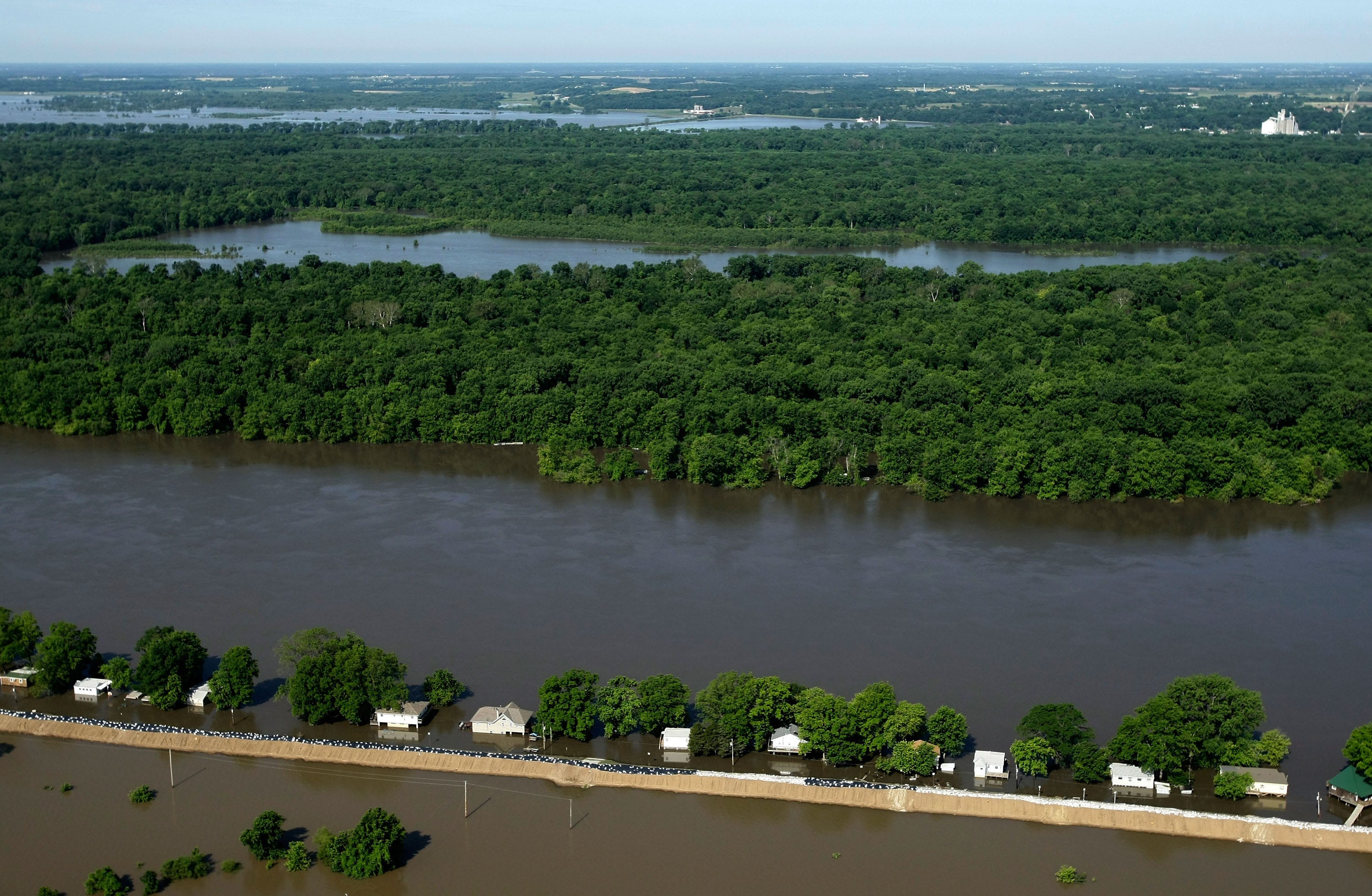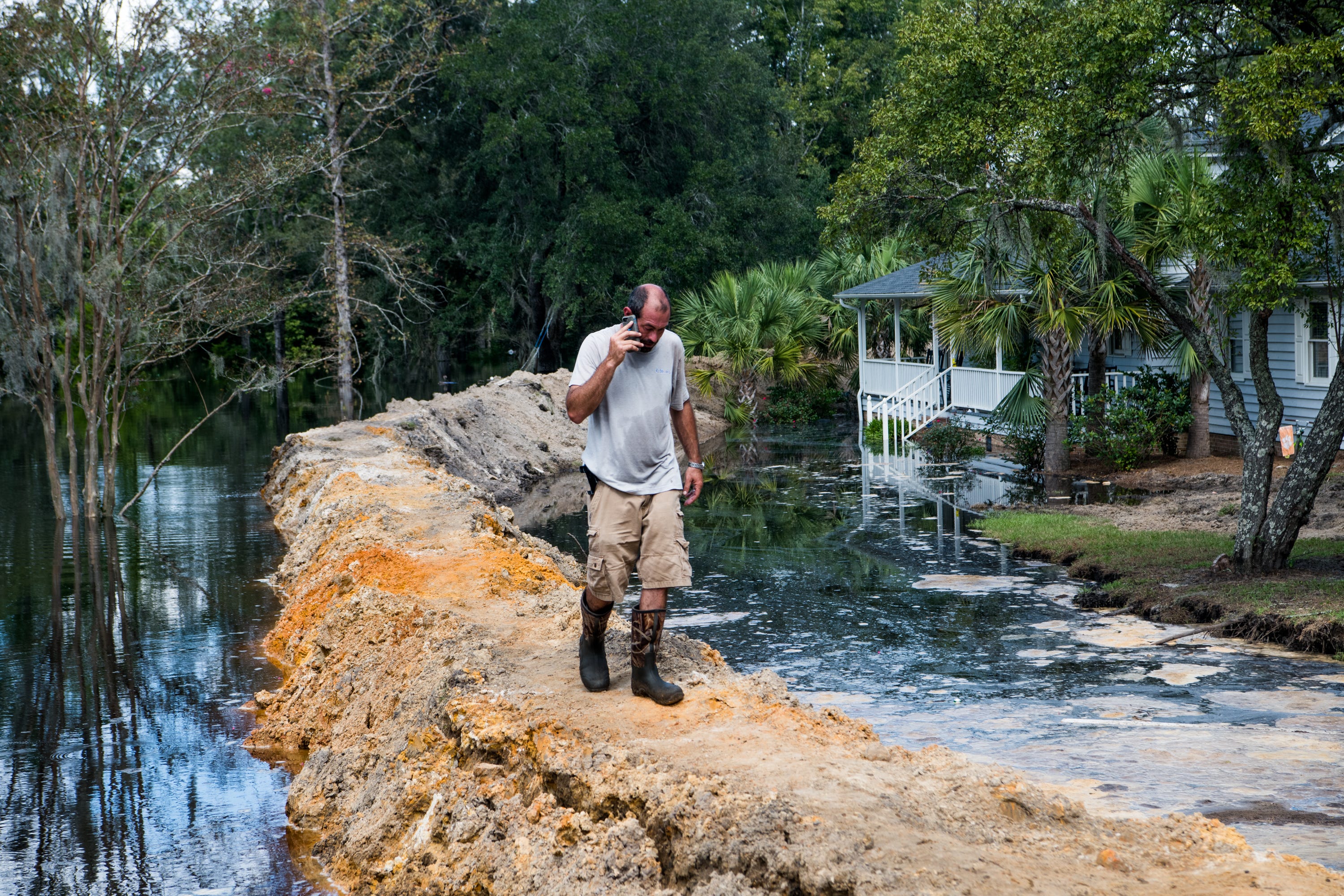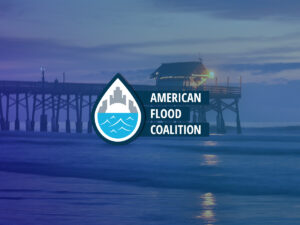In the United States, 99% of counties experienced at least one flooding event in the last 25 years. However, flood waters do not impact all people equally.
In this three-part series, the American Flood Coalition examines inequity in flooding and disaster recovery policies, creating a framework for nearly a dozen modifications that would improve outcomes for all Americans. Our final post discusses the barrier that application complexity can pose to access. Read our first post about program eligibility and our second post about renters and other marginalized populations.
Application complexity hinders access
Accessible information and application assistance would increase participation in programs. Below are two growth areas for capacity building.
Small and poor municipalities lack the capacity to compete for funds. Many federal programs geared toward municipalities — including FEMA’s Flood Mitigation Assistance (FMA) Grant Program, new Building Resilient Infrastructure and Communities (BRIC) Program, and Public Assistance (PA) Grant Program — require a local cost share. This poses a challenge for small or poor municipalities, which have limited access to local funding sources. Likewise, small municipalities rely on fewer full-time staff and often lack the resources to hire resilience or grant-writing personnel, set up partnerships, or collect data, all of which are helpful to successful grant applications. In Florida, municipalities with populations under 5,000 have an average of 19 municipal full-time staff members, compared to 1,107 staff for cities with populations over 60,000.
Under PA, FEMA has taken steps to build capacity by providing grants specifically for accounting services. After Hurricane Katrina, FEMA awarded the Mississippi Emergency Management Agency (MEMA) $10.7 million to cover 90% of its accounting needs from 2007–08. The selected accounting firm supported municipalities across the state by tracking funds and ensuring contracting compliance. According to some organizations, FEMA could further reduce barriers to accessing PA by reducing the local match requirement from 25%. Capacity building measures such as these are crucial for helping small and under-resourced municipal governments recover.

Application complexity discourages applicants with lower incomes. Complex application language and extensive processes disadvantage households with lower levels of education, income, and disposable time. This pattern held true in the aftermath of Hurricane Andrew, when only 36% of households from poorer Florida City applied for FEMA IA and Individual Family Grants, compared to 59% of households from the more affluent Homestead, even though Florida City sustained worse flood damage. Research suggests that lower application rates among poorer households stem from low expectations around receiving aid, distrust in government, confusion about how to apply, and obstacles that prevent trips to Disaster Assistance Centers. Disaster assistance applications should be written with low-income populations in mind.

Both local governments and individual households struggle with federal disaster aid applications. Onerous processes, complex language, and steep financial barriers discourage applications, especially for municipalities and people with limited time or resources. Making applications simpler, therefore, would create a more equitable distribution of funding.
Adapting to the future of flooding and sea level rise requires protecting the people and property that are most at risk. Adaptation and recovery programs must explicitly address existing social and economic inequities and account for the disproportionate ways communities and individuals are affected by flooding.
With these challenges identified, the playbook is clear. By taking the discussed recommendations around application complexity into consideration, as well as those in our earlier posts about program eligibility and procedures, flood policy architects can create a more equitable system.
This post was authored by Jasmine Butler, Winter Strategy and Outreach Intern, Summer Modelfino, Senior Strategy Associate, and Caroline Resor, Strategy Associate. It was reviewed by Senior Advisors Chauncia Willis, social equity and disaster recovery expert, and Joyce Coffee, climate adaptation specialist.




